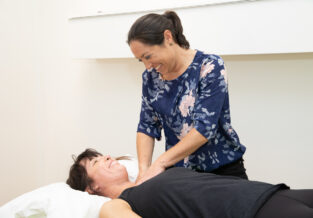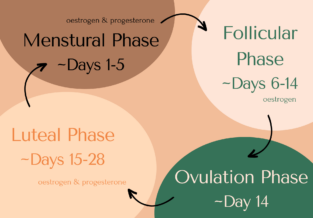Bodyweight Exercise Training: Talking Lifestyle Radio
Published on
14 Aug 2017
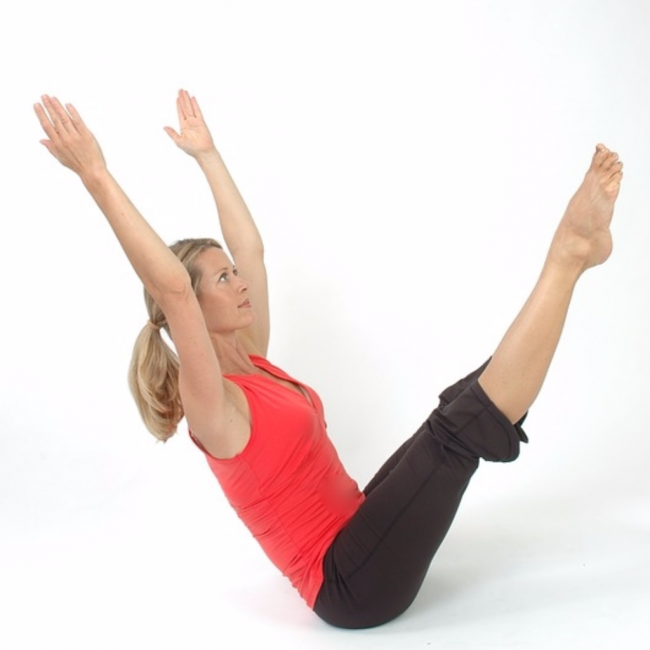
Call us on: (03) 9975 4133
Haven’t got time to get to the gym? Don’t want to spend money on home gym equipment that will be gathering dust in a month’s time? You can get an efficient and effective workout in your own home, without the need for fancy equipment.
Adding 2-3 sessions of strength exercises a week to your 150 minutes of cardiovascular exercise, will not only have you reaching the targets for a healthy lifestyle, but also make you feel fitter and stronger.
You can combine your exercise into what is described as High-intensity Interval Training (HIIT) or High-intensity Circuit Training (HICT) to save time and still get results.
So what are Bodyweight exercises?
Any exercise that does not require additional load other than your bodyweight such as squats, push ups, lunges, calf raises and sit ups. You can add weight to these exercises, by holding weights, using a barbell or a weighted vest to challenge yourself further, however repetitions without additional weight will still have a significant benefit.
How many repetitions do I need to do?
There is a lot of research on exercise. Your training goals will determine what volume, intensity and frequency of exercise you need to be doing. If you want to be fit and healthy and do not have any specific exercise goals, then a HIIT sessions of 7-20 minutes 2-3 times a week has been shown to be very effective.
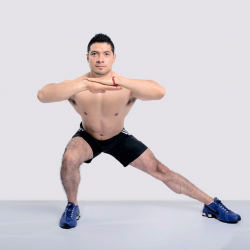
So what do I need to do?
- Choose 5-10 exercises eg: squats, lunges, calf raises, push ups, side planks, mountain climbers, sit ups.
- Start with 20seconds each exercise
- Have 10 seconds rest before going onto the next exercise in the circuit
- Start with 5 rounds (ie: repeat each exercise 5 times for 20 seconds)
- Gradually increase either the time that you do each exercise for, the number of repetitions you do in the 20 seconds or the number of rounds that you perform
- Repeat 2-3 times a week
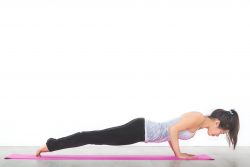
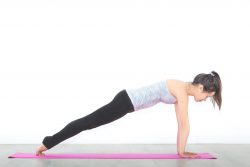
Can I make bodyweight exercises easier or harder?
Yes. If you remember back to high school physics, you can change the amount of work by altering the force or amount of movement. To make push ups easier, start on your knees (to reduce the lever) rather than on your toes, to make push ups more challenging elevate your feet on a step or add some weight to your upper body. To make a squat easier start sitting to standing from a tall chair, gradually reduce the height of the chair you are moving from. To make a squat more challenging you can hold some weight (a backpack of books is a good option) or challenge yourself with a single leg squat.
People who suffer from joint aches and pains when they exercise should try exercising in the water. The buoyancy of the water helps to reduce the load, while the water provides resistance, so will still challenge your muscles, without the impact to your joints. Combining some exercise in the pool with exercise on dry land will help build your exercise tolerance and fitness.
If you have ever attended a bootcamp, outdoor exercises session or gym class, you will probably be familiar with the dreaded burpee. Exercises such as running, skipping, jumping and hopping put your body through forces greater than bodyweight due to the additional force of landing on the ground. You can progress to these exercises once you have a baseline of strength and a good technique. So there definitely is some benefit to the dreaded burpee!
The best thing about bodyweight exercises is that you can perform them anywhere at any time so you can also fit them into your busy working day. A few lunges while you are waiting at the photocopier, 20 squats waiting for your train and push ups at the kitchen bench while waiting for the kettle to boil. Alternatively get outside in the back garden, to your local park or down to the beach and enjoy the warmer days of spring.
Want to hear more from Liz?
Listen HERE for Liz Edlins live segment on Talking Lifestyle! Liz will be making a guest appearance at 1pm fortnightly so tune in to 1278AM for the Tuesday Tune Up!

